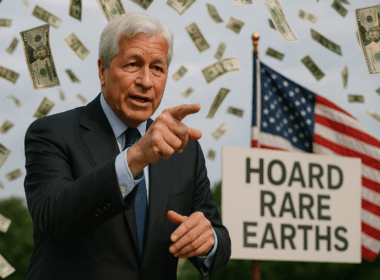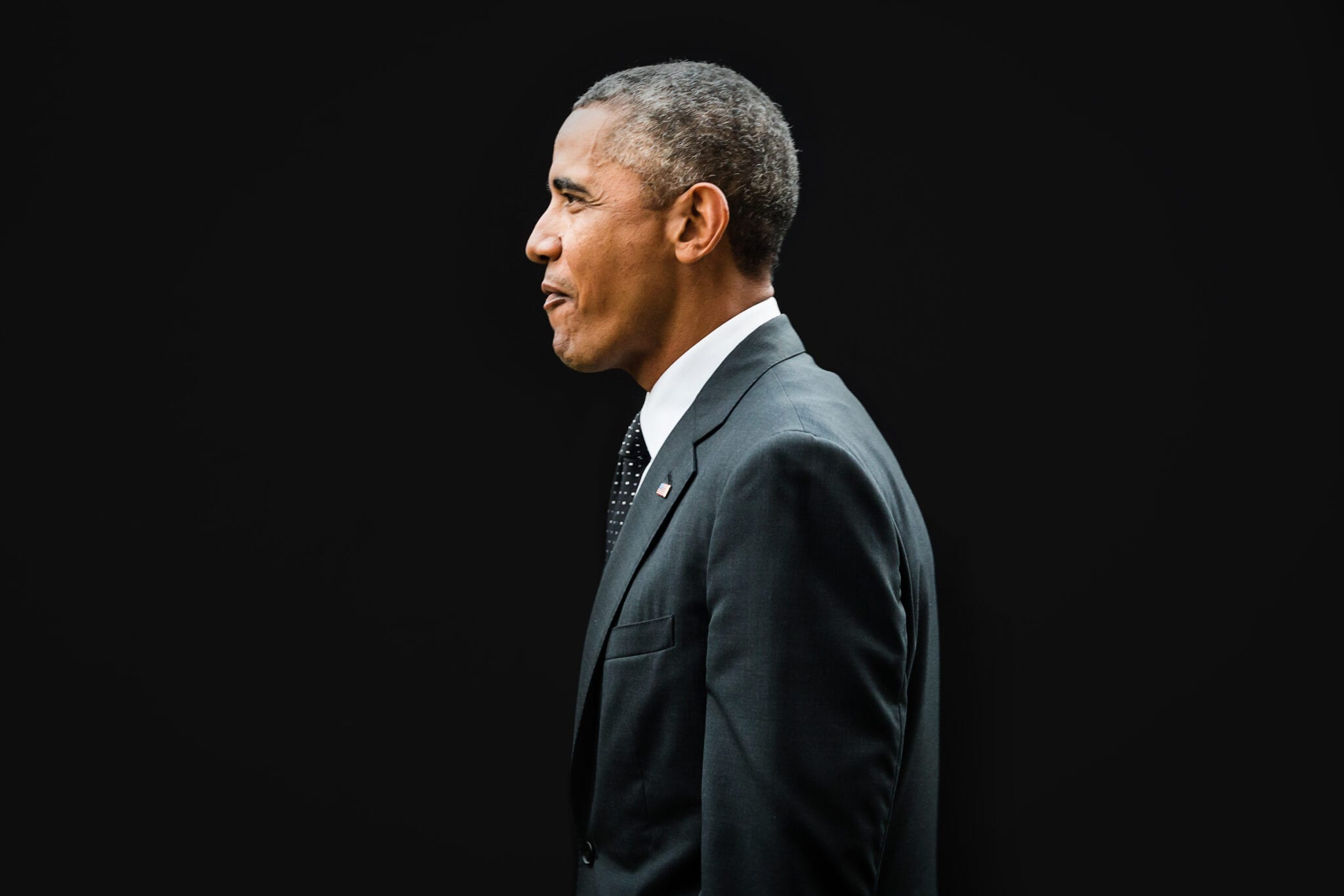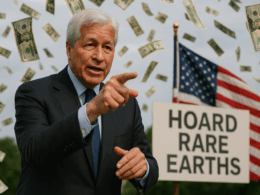Sometimes, things just keep getting bigger. But bigger is not always better…
Over this past year, we have done a lot of trash talking regarding Obama’s reckless abandon of his loose monetary policy. We knew this spending would continue and that the effects of his actions were going to be dramatic, yet hidden under the radar using word play and hidden agendas (see A Hidden Agenda).
This past week, the nonpartisan (meaning they don’t take sides) Congressional Budget Office said that President Barack Obama’s budget proposal would create bigger deficits than advertised every year of the next decade, with the shortfalls totalling $1.2 trillion more than the administration projected.
The short-term budget picture forecasts a deficit of about $1.5 trillion this year — a post-World War II record at 10.3 percent of the overall economy. To make matters worse, the CBO is predicting that deficits would never fall below 4 percent of the economy under Obama’s policies and would begin to grow rapidly after 2015.
Deficits of that magnitude would force the Treasury to continue borrowing at alarming rates, sending the national debt soaring to 90 percent of the economy by 2020, the CBO said. Interest payments on the debt would also skyrocket by $800 billion over the same period. (see Another Shot at Glory)
Because of the implications of his proposal, Obama is convening a special commission to bring deficits down to 3 percent of the economy, but the CBO report shows that Obama could accomplish that goal simply by letting the Bush tax cuts expire and paying for changes to the alternative minimum tax.
Simply, however, is not a word to be used lightly. Think about it this way. No politician wants to be accused of raising taxes by allowing certain credits to expire, especially when the US economy needs more than ever to restabilize. On the other hand, with the U.S. deficit in 2010 at a record $1.5 trillion, there’s growing political pressure for fiscal responsibility.
Obama has already decided that he wants to make those tax cuts permanent, which means a growing deficit in the years to come.
See the mess we’re in?
Although we take a lot of cheap shots at the Obama administration, there really isn’t a whole lot he can do at this point to make things better over night. This recovery will take a lot more time than most people realise (see the Crash of 2010).
Even when the US recovers, we’re going to see the devaluing of the US dollar and other worldwide currencies, forcing the issue of a precious metals bull market.
Of course, there are a lot of arguments between those who are gold bugs and those who believe gold is extremely overvalued.
First off, we are not gold bugs and we do see a gold bubble occurring. But we are interested in making money. If gold and other precious metals like silver are the avenue for us to do it, that’s where we are going to be.
There are reasons why famed hedge fund managers such as George Soros are investing in gold, despite calling gold the ‘ultimate bubble’ :
“When I see a bubble, I buy that bubble, because that’s how I make money,” George Soros.
In the fourth quarter of last year alone, Soros Fund Management increased its holdings in SPDR Gold Trust (NYSE: GLD) (the world’s biggest bullion-backed ETF and the second-largest ETF overall) by 152 percent. According to Bloomberg data, as of Dec. 31, 2009, the firm is now the fourth-largest holder of this ETF.
Still, that’s nothing compared with John Paulson’s ETF bet: Paulson & Co. holds 31.5 million shares of GLD (nearly 96 tons’ worth) – which, at today’s prices, is worth just under $3.45 billion.
We are not gold bugs. But we do see opportunity where it arises.
The important thing to remember is that there are many ways to play this gold run and our current efforts are focused on juniors that have the ability to leverage gold and silver prices – not just physical gold itself.
Gold prices should remain strong enough where discovery is going to get rewarded, and that is an important factor to consider. Even if gold dips below $1000, or even $900 per ounce, many of the assets held by the junior miners are still favorable as average operating cost per ounce are often less than $600/ounce on the high side.
So far for 2010, we currently have three featured companies. One is a gold company that could be on the verge of a new discovery. Another one is a silver company that could be on the verge of becoming a near-term producer. And our most recent feature is a unique situation diamond shot drill play that could prove significant with their spring drill program.
Now we are looking for a junior with ounces in the ground and the possibility of a near-term takeover target. We’re not there yet, but we’re expecting the PDAC (Prospectors and Developers Association of Canada) to help narrow down our search as we meet with the management teams of numerous precious metal juniors.
It’s going to be an exciting week for the mining sector at the PDAC and we will return to Equedia Weekly next week with a more in-depth look into the topic of gold and its outlook.
Stay tuned.












